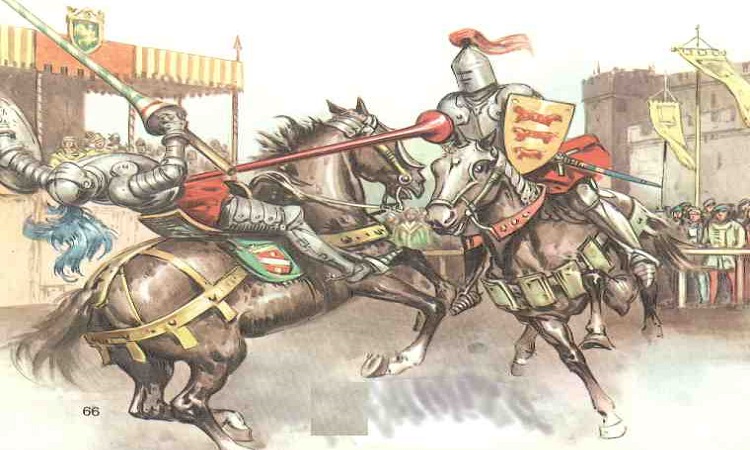Researchers have used the “invisible species” ecological model to estimate the number of medieval chivalrous works and heroic tales lost throughout history. According to this work, more than 90% of these testimonies would have disappeared.
Our ancestors left us books, manuscripts, paintings, sculptures and other artefacts that allow us to better understand their cultures. However, not all of these testimonies have survived. Also, historians often have to deal with an incomplete data set. And determining what part of a cultural domain may have been lost remains a considerable challenge.
In a study published in Science, Folgert Karsdorp and his team, from the KNAW Meertens Institute, relied on a statistical method used in ecology to ‘estimate the number of ‘invisible species’ with the aim of determining the proportion medieval chivalric stories lost throughout history.
The Chao1 method revisited
In ecology, some researchers use bias correction in statistical models that can account for so-called invisible species in a given ecosystem to determine the richness of species diversity. This model is known as the Chao1 method, and was developed by Anne Chao of National Tsing Hua University.
To simplify this very complex method, scientists collect “abundance data” by counting all the animal species they can observe. The Chao1 formula then examines to what degree the species appear. If you spotted a species only once, it will be designated “F1”, if you spotted a species twice, it will be designated F2, etc. These ratios can then be used to calculate F0, the number of species that have not been observed.
Concretely, the idea of this study was therefore to adapt the Chao model to the cultural field. Adapting this method, Kestemont and his team therefore treated literary works and other manuscript copies as species to calculate F0, in this case, the number of works ever observed. For this work, the researchers focused on archives in the Dutch, French, Icelandic, Irish, English and German vernaculars.
Many losses, especially in England
At the end of their analysis, the team discovered that there would have been around 40,614 written manuscripts, of which only 3,649 still survive. The survival rate would therefore be around 9%. Interestingly, this result is very similar to estimates made by researchers using other data, such as references to lost works that appear in surviving manuscripts. As for literary works, only 38% would have survived.
Medieval English literature is said to have had a particularly high loss rate, with only 7% of manuscripts surviving. It might have something to do with the different cultural status of English at that time, according to Daniel Sawyer of the University of Oxford, referring to the French-speaking Norman conquest of England in 1066. large population in the Middle Ages, French was [one of] the most prestigious spoken languages in England,” notes the researcher. “I suspect that books with heroic novels or stories in English tended to be medium or small in size and less impressive, and therefore more likely to be forgotten or recycled.”
Conversely, Icelandic literature and Irish literature are said to have the highest survival rates. For the researchers, these works could have survived, because they were not printed, but preciously kept in the form of manuscripts written by the Icelanders and Irish “always fond of telling stories”, underlines Matthew Driscoll, of the University of Copenhagen. .
But then, where have all these chivalrous and heroic works gone? According to the researchers, some were probably lost in the library fires. Some early manuscripts were also often recycled, perhaps to support the binding of other later printed works.




